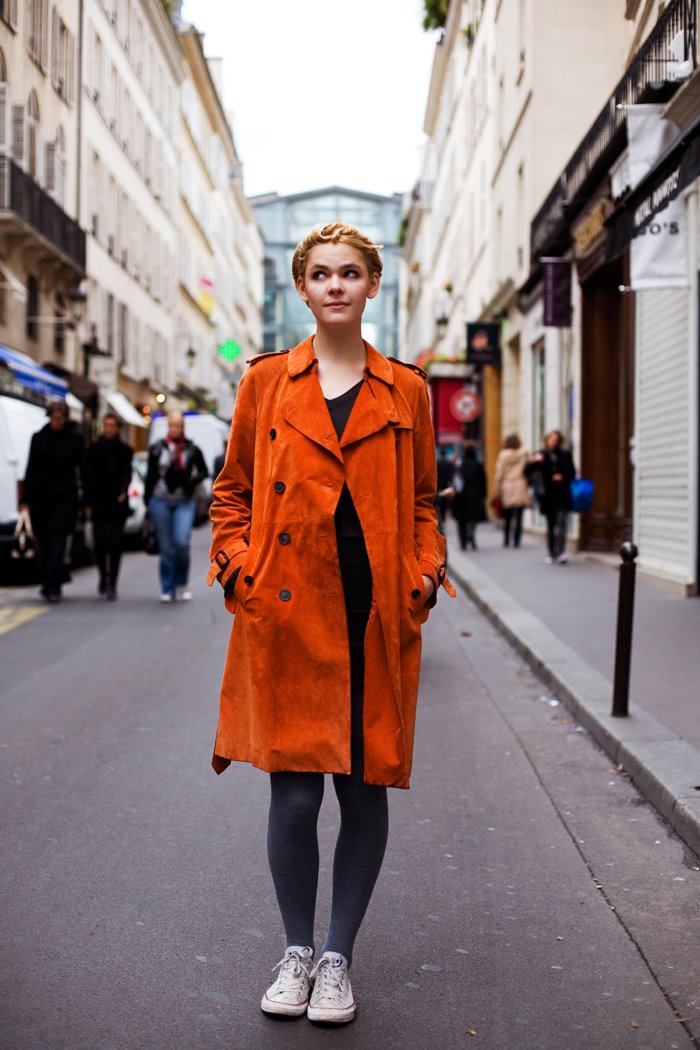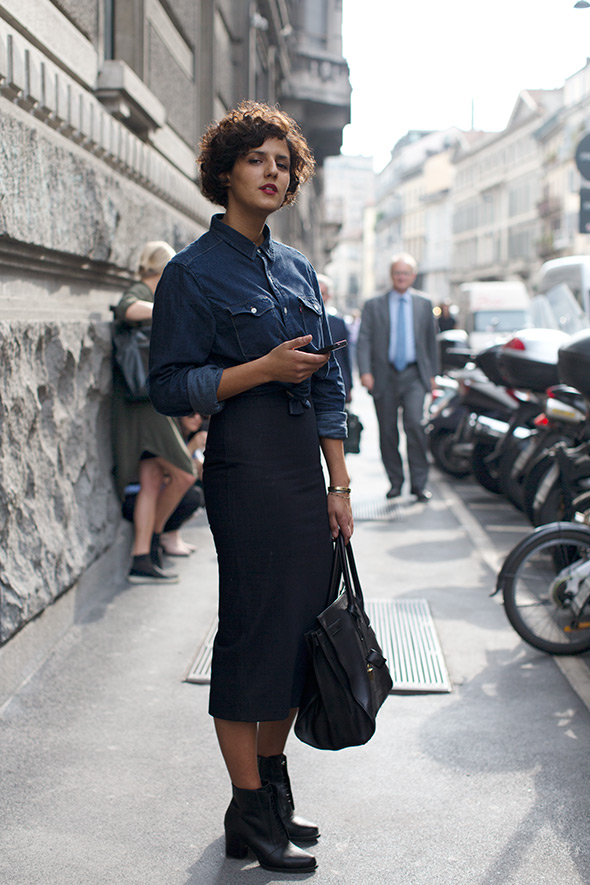Simple Python Package to Extract Deep Learning Features
Ever wanted to do a hacky computer vision project? But you don’t want to invest time on learning/using complicated deep learning libraries like PyTorch or TensorFlow? Enter image_features:
$ pip install -U git+https://github.com/chsasank/image_features.git
from image_features import image_features
features = image_features(['your_image_1.png', 'your_image_2.jpg'])
I have been in the above situation a lot of times. Even if you’re familiar with these deep learning libraries, there’s no way to escape boilerplate code. For example, following code extracts features using PyTorch:
import torch
import pretrainedmodels.utils as utils
# Load model
model_name = 'nasnetalarge'
model = pretrainedmodels.__dict__[model_name](
num_classes=1000, pretrained='imagenet')
model.eval()
load_img = utils.LoadImage()
# transformations depending on the model
# rescale, center crop, normalize, and others (ex: ToBGR, ToRange255)
tf_img = utils.TransformImage(model)
# Load and transform image
path_img = 'data/cat.jpg'
input_img = load_img(path_img) # 3x400x225
input_tensor = tf_img(input_img) # 3x299x299
input_tensor = input_tensor.unsqueeze(0) # 1x3x299x299
with torch.no_grad():
image_features = model.get_features(input) # 1x1000
I figured that I’d have the boilerplate code in a python package which has super simple interface. This package can support useful features like loading different deep learning models, running them on gpu if available, loading/transforming images with multiprocessing and so on.
image_features package extracts features using imagenet trained deep learning models. Since these models have seen upwards of million images during their training, their features can generalize to most imaging tasks. This technique is called transfer learning.
Classifying images with image_features
On a leisurely Saturday afternoon, I was browsing fashion photography blog The Sartorialist and wanted to look at outfits without any layering.
| Layering | No Layering |
|---|---|
 |
 |
But there are no tags or text to allow me to search for this in the website. So I ended up doing what any hacker would do: I scraped the blog, annotated some 400 images and trained a classifier on the images.
I’ve put up a sample of the scraped images on a bucket. Download the data from here and extract the zip file. Load the annotations:
import pandas as pd
df = pd.read_csv('archive/annotations.csv')
img_paths = list(df['path'])
no_layer = list(df['no_layer'])
Extract features:
from image_features import image_features
n = round(0.8 * len(img_paths))
X_train = image_features(img_paths[:n], progress=True)
y_train = no_layer[:n]
X_val = image_features(img_paths[n:], progress=True)
y_val = no_layer[n:]
Train scikit-learn classifier:
from sklearn import linear_model
import numpy as np
clf = linear_model.LogisticRegressionCV(
max_iter=1000,
Cs=np.geomspace(1e-1, 1e-7, 15),
class_weight='balanced'
)
clf.fit(X_train, y_train)
print('train score:', clf.score(X_train, y_train))
print('val score:', clf.score(X_val, y_val))
That’s all, your model is trained! This simple model achieves accuracy of 92% on validation set!
I hope this package lowers the entry barrier to computer vision.